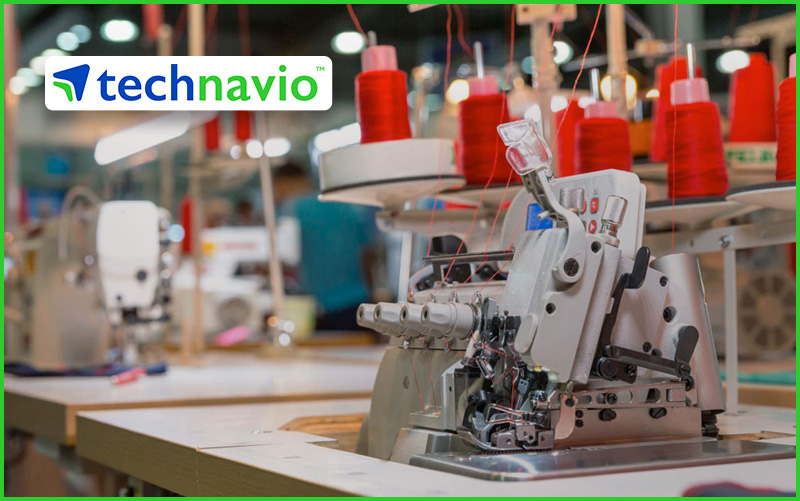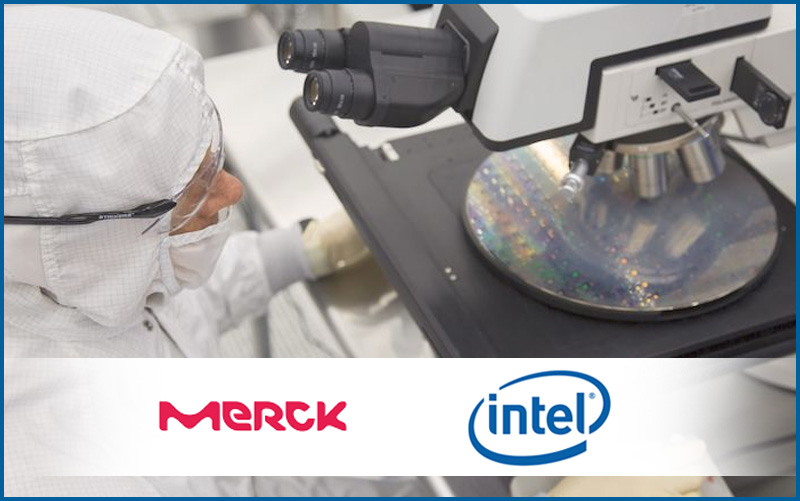
TOPPAN Develops Coreless Organic Interposer for Next-Generation Semiconductors – World’s First Supporting Standalone Electrical Inspection
18 June 2024: TOPPAN Inc. has addressed a challenge for heterogeneous integration of semiconductors by developing a high-reliability coreless organic interposer1 for next-generation semiconductors.
With this new coreless organic interposer, TOPPAN has used a material with a low coefficient of thermal expansion (CTE) to reinforce both sides of the redistribution layer (RDL). While supporting fine pitch interconnections and a low CTE, the simple coreless structure also adds rigidity. This means that the organic interposer itself can be independent from the carrier, delivering the world’s first organic interposer for which standalone electrical inspection assurance is possible. Reliability is enhanced, making it possible to contribute to a significant reduction in loss due to chip disposal resulting from interposer defects.
New coreless organic interposer will be showcased in the TOPPAN booth at JPCA Show 2024, which will be held at the Tokyo Big Sight International Exhibition Center from 12-14 June 2024.
Background
Heterogeneous integration, in which multiple different types of chips are integrated on an interposer, is widely used to enhance semiconductor performance. Silicon interposers are currently the predominant type, but due to cost considerations, growth in semiconductor packaging adopting organic interposers is expected in the future. However, general organic interposers have poor structural rigidity, and standalone handling is difficult. This mean that they need to be fixed to a carrier or the like for electrical inspection and the inability to confirm conduction on both the front and rear sides in such a state has presented a challenge.
TOPPAN’s new coreless organic interposer for next-generation semiconductors has both sides of the RDL reinforced with a low CTE material. The simple coreless structure supports fine pitch interconnections and a low CTE as well as adding rigidity. This makes it possible for the organic interposer to be independent of a carrier, facilitating standalone electrical inspection assurance of the organic interposer.
Product features
1) Separating the interposer from the carrier during the manufacturing process makes standalone electrical inspection assurance possible, enhancing reliability and enabling supply as a known-good substrate.
2) The CTE is approximately 45% lower than conventional packaging substrates, making it possible to prevent cracks that arise due to differences between the CTEs of FC-BGA substrates and RDLs.
3) The narrow pitch mold resin through-mold via (TMV) structure enables fine routing/fine interconnection with a minimum connection terminal pitch of 40m (conventionally 130m) on the chip side and 130m (conventionally 300m) on the substrate side.
4) Due to the scalability of panel level manufacturing, large sizes of more than 100 mm sq. can be supported.
https://www.jpcashow.com/show2024/en/exhibition/index.html
https://www.holdings.toppan.com/en/






